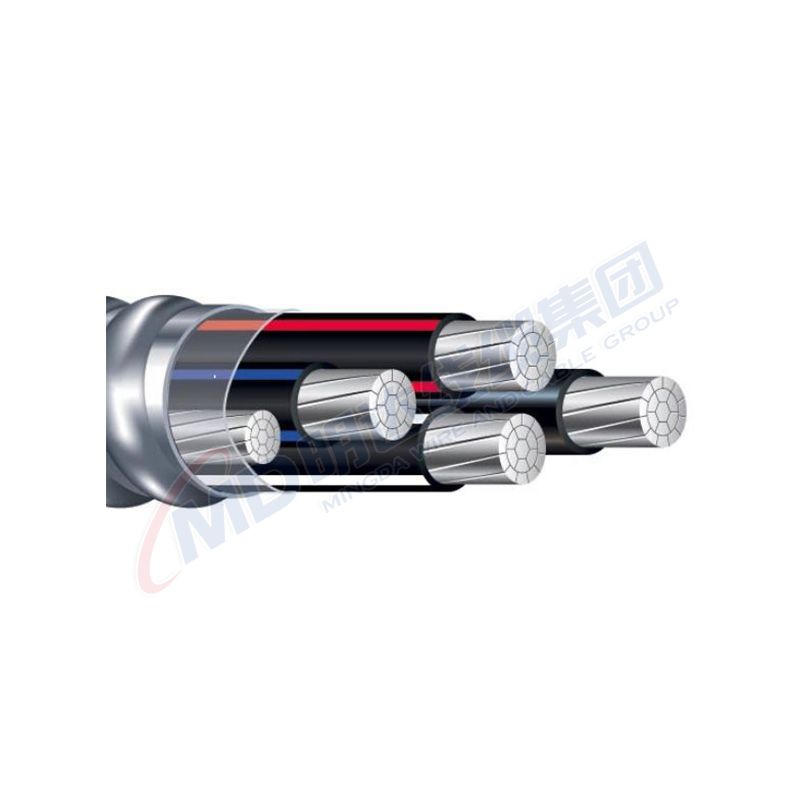Nov . 28, 2024 03:11 Back to list
Understanding the Functionality and Applications of Three-Way Ball Valves in Various Industries
Understanding 3-Way Ball Valves Function, Applications, and Benefits
In the realm of fluid control systems, the 3-way ball valve stands out as a critical component used in various industries such as oil and gas, water treatment, chemical processing, and HVAC systems. These versatile valves are designed to manage the flow of fluids efficiently and effectively, making them an essential tool for engineers and operators alike.
What is a 3-Way Ball Valve?
A 3-way ball valve is a type of valve that uses a spherical disc, known as a ball, to control the flow of fluid through it. Unlike a standard 2-way ball valve, which has two positions (on and off), a 3-way ball valve can direct the flow of fluid in three different ways. This is accomplished through the design of the valve's ball, which typically has either two or three ports.
1. T Port Design In a T port configuration, three ports are arranged in a way that allows flow to occur from one inlet to either of the two outlets, or from one outlet to both inlets. This provides great flexibility for blending or diverting flow.
2. L Port Design In an L port configuration, the fluid can either flow between one inlet and one outlet or be redirected to the second outlet. This design is particularly useful in diverting flow in systems where two different paths are required.
How Does a 3-Way Ball Valve Operate?
The operation of a 3-way ball valve is relatively straightforward. The valve is controlled through a manual handle or an automated actuator that rotates the ball inside the valve body. As the ball turns, the ports align either to allow or block flow, effectively managing the direction and volume of fluid passing through.
When the ball valve is in the open position, the flow path is clear, allowing the fluid to pass through freely. The valve can also be adjusted to various positions in between fully open and fully closed, enabling precise control over flow rates. The simplicity of the design not only facilitates easy operation but also makes maintenance more straightforward, leading to reduced downtime and operational costs.
Applications of 3-Way Ball Valves
3 way ball valve

3-way ball valves are used in a wide range of applications across various industries. Some common uses include
- Oil and Gas In this industry, 3-way ball valves help in the regulation of the flow of crude oil, natural gas, and other hydrocarbons, enabling efficient transportation and processing. - Chemical Processing These valves control the mixing of different chemicals or direct flow to storage tanks and reactors, ensuring precise handling of potentially hazardous materials.
- Water Treatment In water treatment plants, 3-way ball valves are used to manage the distribution of water and chemicals in the purification process, playing a vital role in ensuring safe drinking water.
- HVAC Systems In heating, ventilation, and air conditioning systems, these valves help control the flow of water and air, improving system efficiency and comfort.
Benefits of Using 3-Way Ball Valves
The advantages of 3-way ball valves are manifold. Firstly, their design allows for versatility in flow direction, making them suitable for a variety of systems. Secondly, they provide excellent sealing capabilities, which minimizes the risk of leaks. Additionally, their ability to operate with low torque means that they can be easily automated, contributing to greater operational efficiency.
Moreover, 3-way ball valves are robust and durable, often constructed from high-quality materials capable of withstanding extreme temperatures and pressures. This longevity ensures a reliable performance over time, reducing the need for frequent replacements and maintenance.
Conclusion
In conclusion, 3-way ball valves are indispensable in the modern industrial landscape. Their ability to control fluid flow precisely and efficiently makes them a preferred choice for many applications. Whether in oil and gas, chemical processing, water treatment, or HVAC systems, understanding the functionality, applications, and benefits of 3-way ball valves is essential for professionals involved in fluid management. As technology advances, we can expect to see continued innovations in valve design and operation, further enhancing their role in optimizing fluid control systems.
Share
-
Reliable Wafer Type Butterfly Valves for Every IndustryNewsJul.25,2025
-
Reliable Flow Control Begins with the Right Ball Check ValveNewsJul.25,2025
-
Precision Flow Control Starts with Quality ValvesNewsJul.25,2025
-
Industrial Flow Control ReliabilityNewsJul.25,2025
-
Engineered for Efficiency Gate Valves That Power Industrial PerformanceNewsJul.25,2025
-
Empowering Infrastructure Through Quality ManufacturingNewsJul.25,2025